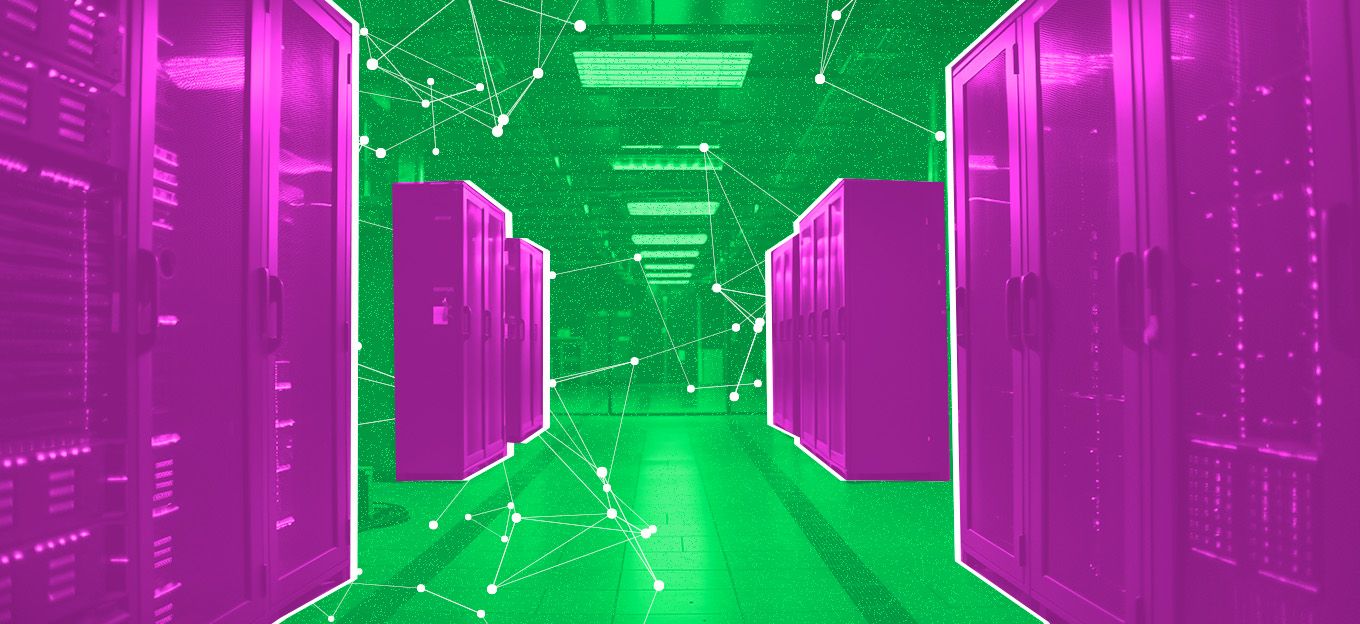Careful with that! How IoT Is Keeping Children Safe in the Kitchen
Careful with that! How IoT Is Keeping Children Safe in the Kitchen
- Last Updated: December 2, 2024
Vijay Anand
- Last Updated: December 2, 2024



Digital transformation has accelerated across the board. In a recent report, McKinsey referred to this technological “tipping point” as the quickening, suggesting the adoption of digital technologies has jumped forward by several years in the space of mere months. One of those technologies is edge computing, and it’s here for the long haul. From smart city infrastructure to in-hospital patient monitoring, edge computing’s potential is unfathomably immense. Yet, the technology is now becoming so accessible that the industry is exploring innovative applications a little closer to home. Could edge computing be the missing ingredient to keep children safe in the kitchen?
Is edge computing the missing ingredient to keeping children safe in the kitchen?
Gartner predicts that by 2025, more than three-quarters of all generated data will be “created and processed outside of a traditional centralized data center or cloud,” and that could now include your kitchen. The kitchen is the most complex room in any home. It’s the place where water, electricity, gas, heat, fire, and sharp objects are regularly thrown into the mix together. More than 300 children end up in hospital every day in the US alone, with burn injuries sustained in the kitchen and more than 55% of all accidents in India happen in the kitchen. It’s little wonder so many organizations continuously campaign to raise awareness about kitchen safety.
Living on the Edge
Smart technology and edge computing go hand-in-hand. As we discover bigger and better applications for artificial intelligence, augmented reality and machine learning, it follows that we also need more computing power wherever the action is happening. That’s what edge computing sets out to achieve, coupling each device with the processing power it needs to make rapid-fire calculations in near real-time, instead of having to depend on remote cloud processing. The result is smart technology that’s nimble, agile and capable of making rapid-fire calculations when every moment counts. Once the reserve of science fiction, edge computing technology is now making its way into homes for all kinds of applications, including kitchen safety.
Smarter Kitchens Are Safer Kitchens
At any given time, there are likely several concurrent hazards in a kitchen. Most dangers might seem obvious, but many slip under the radar, such as when a child reaches for a hot stove. It is not a surprise when a child sees an adult do something; they often want to copy and do it for themselves. Suddenly, something as innocuous as cooking eggs on a morning becomes a potential hazard as children attempt to mimic that behaviour the moment an adult’s back is turned. So where does edge computing fit into this picture?
Many of us are now used to high-resolution smart cameras in and around our homes, but we’re only scratching the surface of what they can do. Suppose artificial intelligence and machine learning could do more heavy lifting at the edge, for instance. In that case, in-home cameras could automatically monitor children’s activity and alert parents if they reached for a hot stove or entered an area of the kitchen they’ve been told not to. This processing ability at the edge effectively gives busy parents “eyes in the back of their heads”, allowing them to step in at crucial times to prevent accidents in the home.
Cloud Based
While traditional cameras might have been capable of this to some degree, cloud-based computing meant that these cameras were effectively just data capture devices, there to relay raw data back to a data center to be processed and analysed before any actionable insight could be derived. It meant the gap between data capture and actionable intelligence was simply too large for mission-critical applications.
Today, our homes can be fitted with cameras that have all the computing power they need right there at the “edge” to gather data, run analytics and feedback to us within milliseconds. This technology can then be unified as part of the modern “smart home”, giving occupants complete visibility and control over their own environment.
While smart technology like edge computing has served to make our lives easier and more convenient in many ways, perhaps now is the time to turn our attention to home safety. For all the cutting-edge tech at our disposal in industry and enterprise, it’s strange to think the real mission-critical moments occur at home, just a few short steps from the dinner table.
The Most Comprehensive IoT Newsletter for Enterprises
Showcasing the highest-quality content, resources, news, and insights from the world of the Internet of Things. Subscribe to remain informed and up-to-date.
New Podcast Episode

Moving Past the Pilot Phase in IoT and AI
Related Articles





